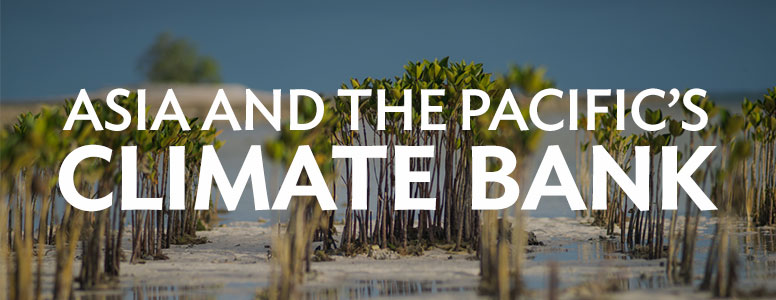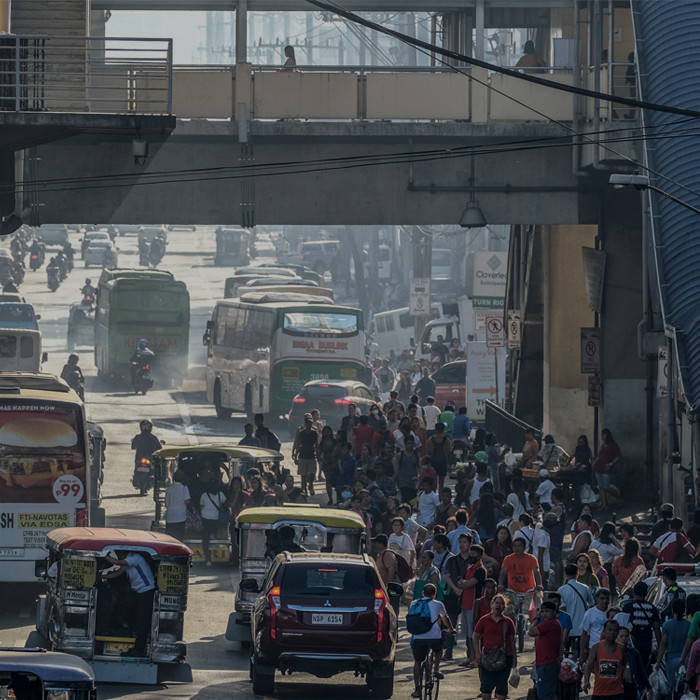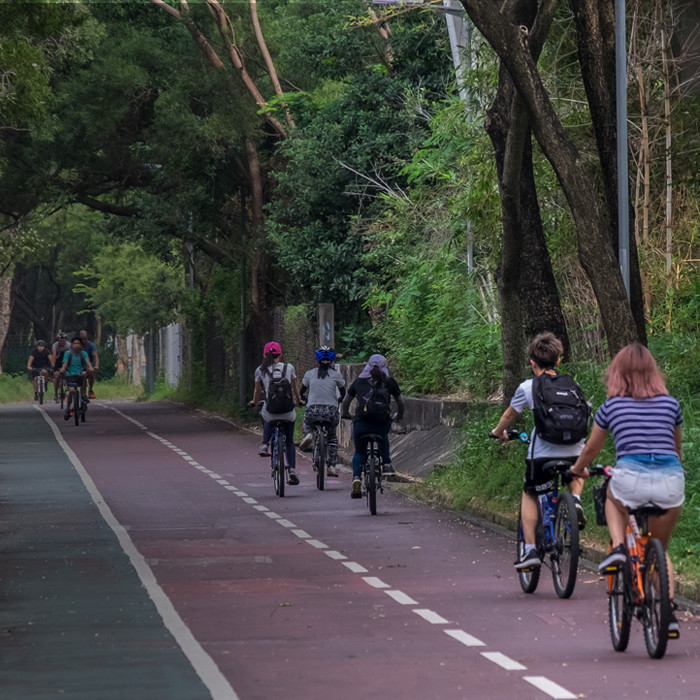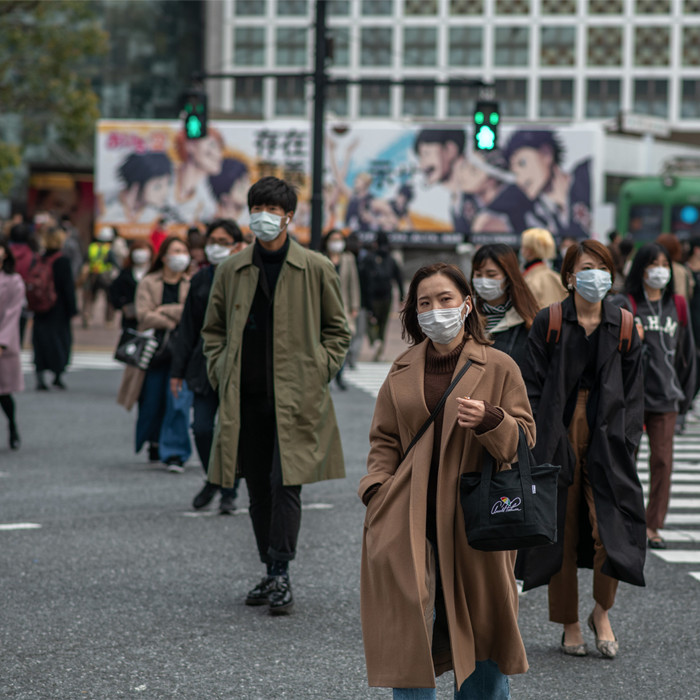Urban Development
ADB supports cities in Asia and the Pacific to become more livable.
- Jump to:
- What ADB Is Doing
- What ADB Has Done
- What's New
-
Urban populations at risk
of climate change inputsIn 2025, 300 million people will be affected by the impact of climate change.
-
Commitments supporting urban
climate resilienceIn 2021, at least $200 million helped mitigate urban climate resilience in Asia and the Pacific.
-
Urban projects supporting gender
mainstreaming in cities80% of urban projects aim to support gender mainstreaming in the region.
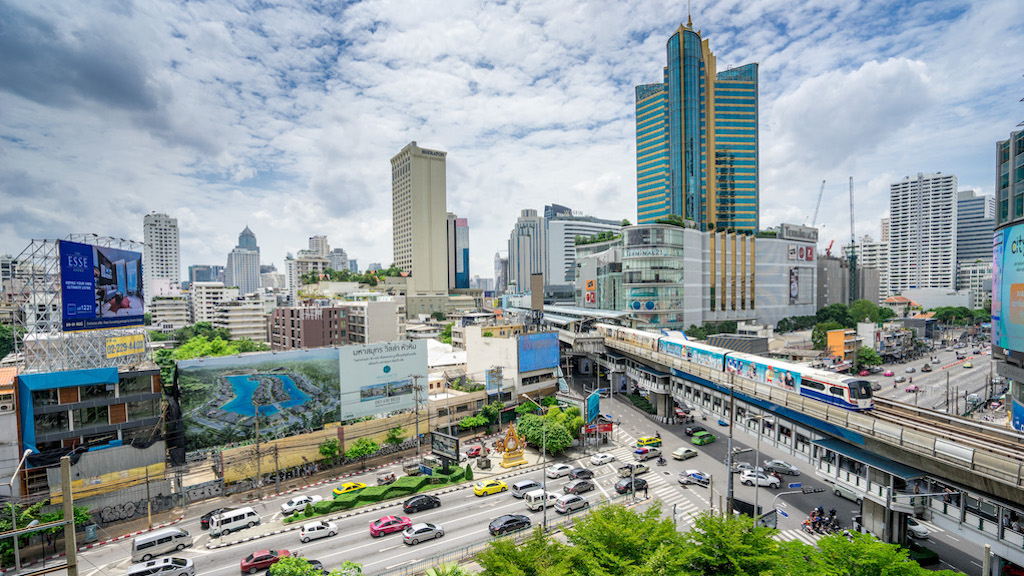
ADB’s Strategy 2030 identifies "Making Cities More Livable" as one of its seven operational priorities for achieving its vision of a prosperous, inclusive, resilient, and sustainable Asia and the Pacific.
By cutting across sectors and themes, ADB helps cities in the region to become more livable. ADB supports cities by improving urban infrastructure and services, and fostering inclusive, participatory and integrated planning. This approach spans the spatial, transport, economic, and natural capital sectors. ADB also promotes regional value chains and global production networks, along with strengthening municipal finance, governance, and citizen engagement. ADB supports cities to become resilient to not only disasters and climate change, but also to shocks and stresses such as pandemics.
Our Impact
Results delivered in 2022 from ADB projects.
33.9 million
People benefiting from improved services in urban areas
5,000
Urban infrastructure assets established or improved
37
Urban service providers with improved performance
Your Questions Answered
-
What’s the formula for ensuring Asia’s expanding cities continue to drive economic growth while providing good services and quality of life?
Developing more livable cities (green, healthy, safe, and inclusive) begins with inclusive urban and regional planning. So, governments must prioritize investments that contribute to the general socioeconomic welfare of people and provide a safe, clean urban environment with good public transport.
-
What special development challenges are posed by expanding megacities and metropolitan areas across Asia and the Pacific?
In Asia and the Pacific, besides megacities (those with at least 10 million residents), many urban areas are home to more than one million residents. Despite being physically connected, these places are far from efficient. In these places, cities compete rather than cooperate for residents, investment, companies, and quality jobs. This leads to uneven development.
-
Can you cite an ADB urban development project that has a major impact on people’s lives and could be readily replicated elsewhere in Asia?
ADB’s Dhaka Water Supply Network Improvement Project helped improve the supply to 8 million people with at least 15% of the additional supply going to low-income communities. This inclusive approach provided slum areas with 2,000 communal metered connections, each one serving 15 to 25 households.
What's New
-
| Development Asia
Unlocking the Power of Geospatial Data for Sustainable Urban Development
-
| Blog, Development Asia
Leading the Way to Green Development of Small and Medium-Sized Cities
-
| News from Country Offices
Хүртээмжтэй, ногоон хөдөө аж ахуйн бизнесийг дэмжих АХБ-ны дэмжлэгтэй төслийн гэрээнд гарын үсэг зурлаа
-
| News from Country Offices
Mongolia, ADB Sign Project to Spur Green and Inclusive Agribusiness
-
| Publications, Reports
The Role of Intermediaries in Inclusive Water and Sanitation Services for Informal Settlements in Asia and the Pacific

